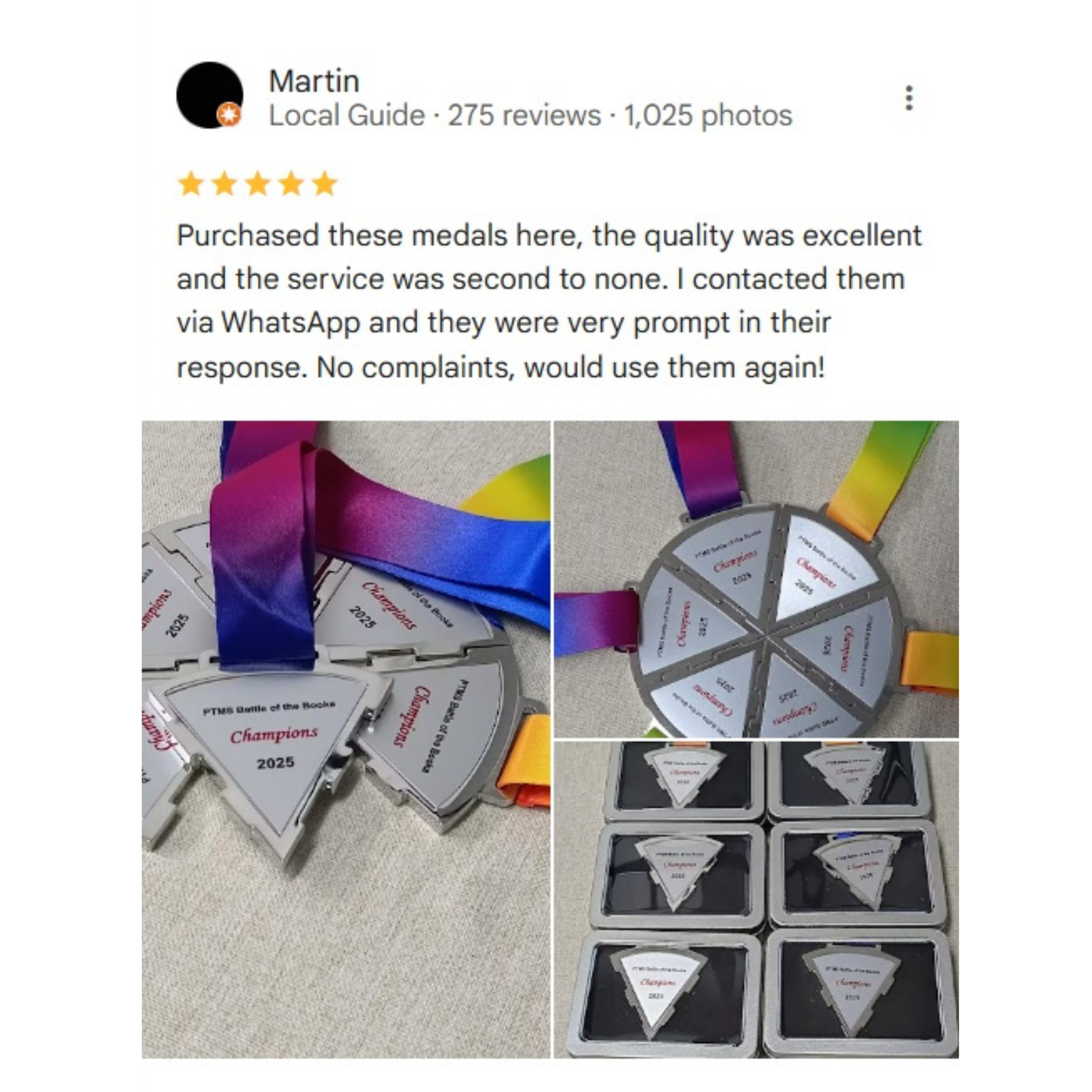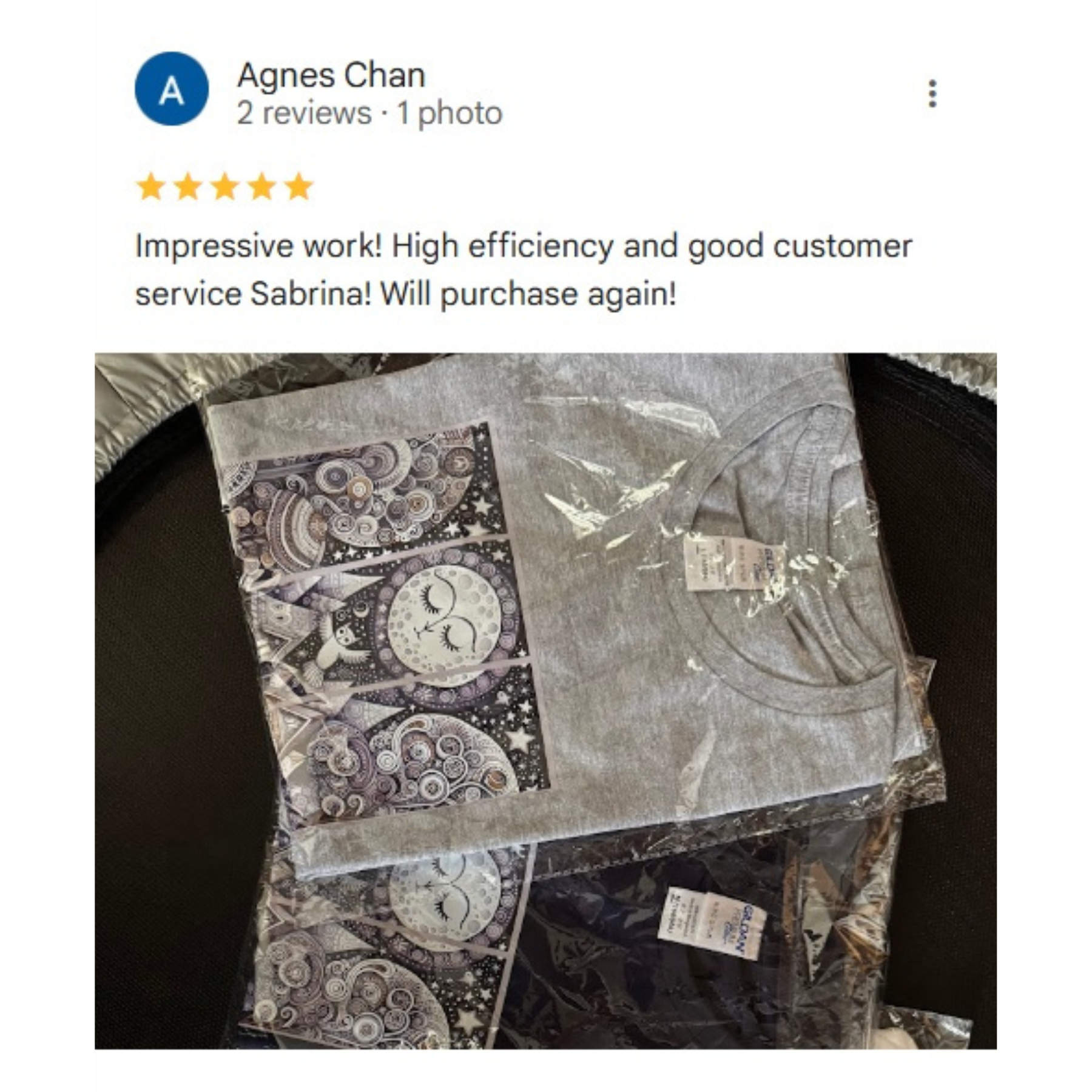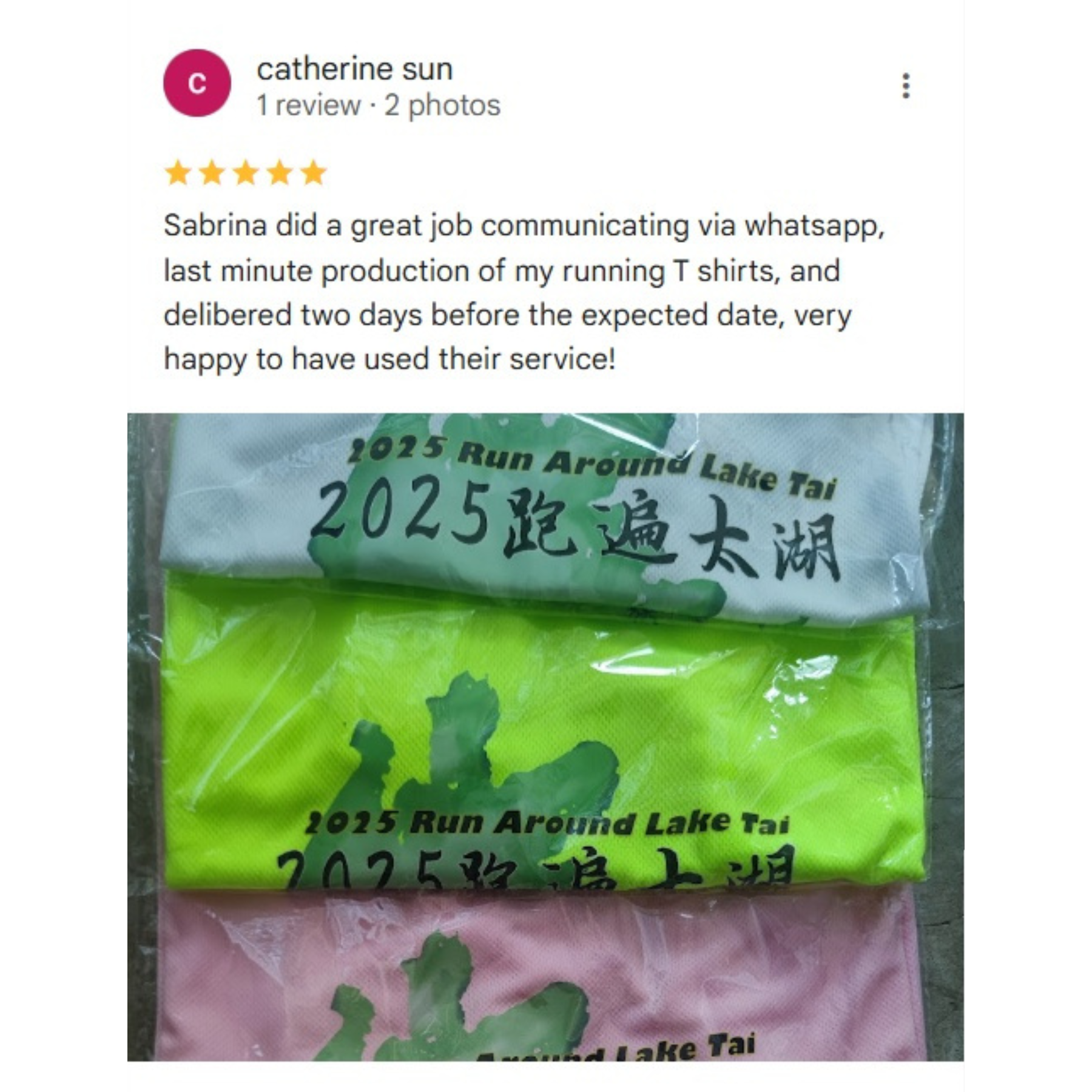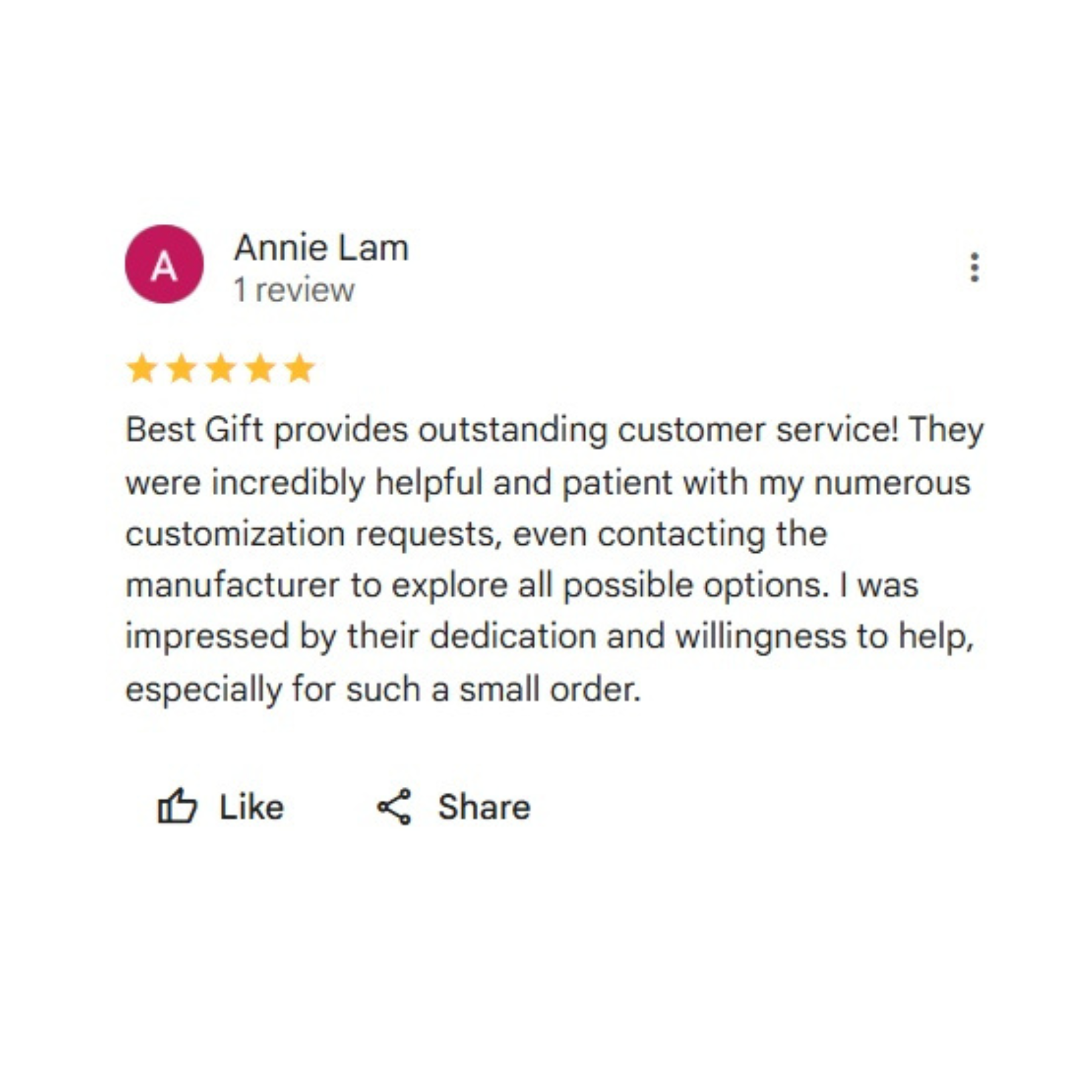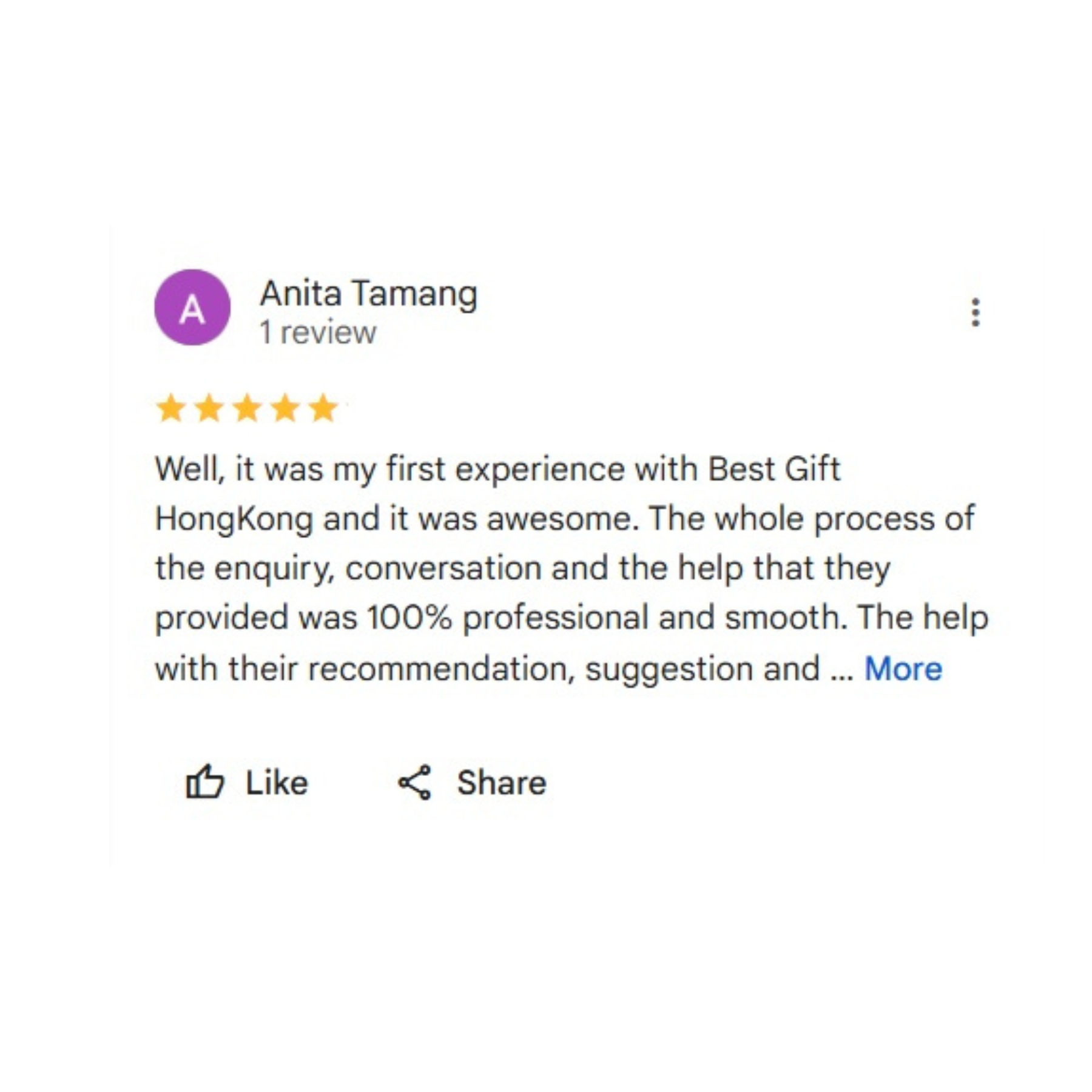News
View
- All posts
- Activity
- anniversary gifts
- announcement of new staff
- Attract Talents
- best business giveaways
- Best care packages for employees
- best client appreciation gifts
- best customer engagement ideas
- best employee appreciation ideas
- best employee recognition programs
- best family reunion games
- best group outdoor games
- best printing methods
- best promotional gift ideas
- best quotes for tshirt printing
- birthday celebration
- birthday gift
- booth giveaway ideas
- brand architecture
- Brand Awareness
- brand development
- Brand Identity
- brand positioning
- Brand Visibility
- Branded Gift Ideas
- branded water bottles
- Branding
- Branding Strategies
- build client relationship
- build trust
- Business
- Business Branding
- business gifts for clients
- business swag
- care packages
- Career Fair
- Career Opportunity
- celebrating employee milestones
- ceo gifts
- Christmas Gifts
- client and customer relationship
- client appreciation gift
- client engagement ideas
- client relationship management
- coffee
- coffee shop merchandise
- company branded swag
- company gift ideas
- company gifts
- company logo gift ideas
- company swag
- Company SWAG Ideas
- company swag vendors
- Company team building
- company tshirt printing
- Content Marketing
- corporate branding
- corporate branding solutions
- corporate event giveaways
- Corporate Gift
- corporate gift ideas
- corporate gift suggestions
- Corporate Gifts
- corporate gifts for clients
- corporate gifts with logo
- corporate presents ideas
- corporate souvenir ideas
- corporate swag
- corporate swag ideas
- couple shirt
- coworker birthday gift
- coworker gift
- create company t shirts
- creative client gift ideas
- Cultural shirt
- custom company shirts
- custom company swag
- custom couple shirts
- Custom Family Reunion Shirts
- Custom Family Shirts
- Custom Family T-Shirt Designs
- custom gift
- custom gifts with logo
- Custom Giveaways
- custom mug
- custom promotional products
- custom quote t-shirts
- Custom T Shirt
- custom t shirts
- custom t shirts for family reunion
- custom team shirts
- custom team t shirt
- custom team t shirts
- custom team tee shirts
- custom water bottles
- custom water bottles with logo
- customer engagement
- customer engagement ideas
- customer engagement strategy
- Customer Loyalty
- customer retention
- customer satisfaction
- customer service
- customer service appreciation week gift ideas
- customer service gifts
- customer service week gift ideas
- Customer Trust
- customized gifts
- Electronic Gifts
- employee anniversary gift ideas
- employee anniversary gifts
- employee anniversary gifts by year
- employee announcement
- employee appreciation
- employee appreciation day
- employee appreciation day gifts
- employee appreciation day ideas
- Employee Appreciation Gifts
- employee appreciation ideas
- employee appreciation program
- employee engagement
- employee engagement ideas
- Employee Gifts
- employee milestones
- employee of the month award ideas
- employee of the month gifts
- employee of the month ideas
- employee of the month program ideas
- employee onboarding
- employee recognition
- employee recognition award program
- employee recognition program
- employee wellness programs
- employees appreciation gifts
- Employer Branding
- Event Gifts
- event giveaway ideas
- executive gifts
- Family Name Shirts
- family reunion game ideas
- family reunion games
- family reunion printed t shirts
- family reunion t shirt
- family reunion t shirt ideas
- family reunion tee shirt ideas
- fun family reunion games
- fun new employee announcement
- fun ways to boost morale at work
- funny quotes for tshirt printing
- games for family gatherings
- games for work groups
- games in team building
- games to play at family reunions
- gift and promotional items
- Gift Ideas
- gift set
- gifting guide
- gifts and giveaways
- gifts for ceo
- gifts for clients
- gifts with company logo
- Giveaways
- giveaways ideas
- giveaways ideas for business
- Graduation Gift
- Graduation Party
- group outdoor games
- Group Purchase
- gym
- gym merchandise
- handling customers
- holiday gift
- holiday gifts for clients
- how to boost employee morale
- how to boost work morale
- how to improve employee morale
- how to improve morale at work
- inexpensive giveaways
- Job Fair
- Job Seekers
- latest workplace trends
- Leather Gifts
- Market Research
- marketing gift ideas for clients
- Marketing Strategy
- Marketing Techniques
- matching shirt
- merchandise
- milestone work anniversary
- motivational gifts
- motivational quote t shirts
- motivational t shirts
- motivational tee shirts
- motivational tees
- new employee announcement
- new employee introduction
- new employee onboarding
- new hire announcement
- new staff onboard
- new workplace trends
- office organization ideas
- office organization ideas for small spaces
- office stationery
- office supplies
- office supplies supplier
- office team shirts
- onboard new staff
- onboarding new staff
- onboarding process
- Onboarding Process for New Hires
- opening gift
- outdoor games
- party
- personalised water bottles
- personalized business gifts with logo
- personalized company shirts
- personalized family reunion t shirts
- Personalized Family T-Shirt Ideas
- Personalized Family T-Shirts
- personalized gifts
- personalized t shirts family reunion
- personalized t-shirt
- Polo團體服
- Potential Employees
- presents for clients
- printed t shirts for family reunion
- printed t-shirts
- promotion gift
- promotional company swag
- promotional gift
- promotional gift ideas
- promotional gifts
- promotional gifts for business
- promotional items
- promotional items for trade shows
- promotional items with logo
- promotional merchandise
- promotional products
- promotional products suppliers
- promotional supplies
- PVC訂製杯墊
- quote tshirt design
- recruitment approach
- recruitment goals
- remote employee engagement
- restaurant gifts
- restaurant peripheral gifts
- return on investment
- school
- seminar
- small token of appreciation
- Solid Team
- souvenir
- spirit week
- spirit week ideas
- sports water bottle
- stainless steel water bottle
- stationery
- stationery office supplies
- stationery supplies
- strategic branding
- Study Case
- Successful Team
- t shirt design motivational quotes
- t shirt for team building
- T Shirt Printing
- t shirt printing quotes
- t shirt uniform
- t shirt 制作
- t shirt 印花
- t 恤 制作
- t 恤 印字
- t 恤 印花
- T-shirt
- t-shirt printing methods
- t-shirt trends
- T-shirt定制
- T-shirt訂製
- team appreciation
- team building events
- team building games outdoor
- team building shirt ideas
- team building t shirts
- Team Leader
- team t shirt
- team t shirt printing
- Teambuilding
- tips
- token of appreciation
- Top Candidates
- Travel Gifts
- trending gift
- trophy
- types of employee recognition programs
- T恤
- T恤價格
- T恤定制
- T恤定制步驟
- T恤指南
- T恤攻略
- T恤款式
- T恤訂製
- T恤訂製指南
- unique business giveaways
- valentine day
- valentine day gift
- valentine gift
- visual branding
- Water Bottles
- wedding gift
- wedding gift for guests
- Welcome Kit
- work anniversary gifts for employees
- work appreciation
- work morale
- work office organization ideas
- work team games
- workplace trend
- Workplace Trends
- workspace trends
- 七彩反光
- 七彩反光印花
- 七彩反光印花的優點
- 七彩反光印花設計
- 七彩反光圖案
- 七彩反光夾克
- 七彩反光工藝
- 七彩反光服飾定制
- 七彩反光短袖設計
- 企業T恤
- 企業T恤定制
- 企業周年T恤
- 企業團體服
- 企業宣傳
- 企業禮品
- 企業訂製
- 企業訂製水杯
- 企業訂製獎杯
- 企業訂製禮品
- 企業訂製禮品袋
- 企業訂製箱包
- 企業購物袋
- 個性化定制箱包
- 個性化定制背包
- 個性化訂製印刷
- 個性杯墊
- 個性禮物
- 內雕工藝
- 公司制服
- 公司團體服
- 凹凸印花
- 凹凸印花工藝
- 凹凸印花紡織品
- 創意手袋
- 創意獎杯
- 創意禮物
- 卫衣定制
- 印刷購物袋
- 印花 t shirt
- 印花 t 卹
- 印花 t 恤
- 印花T恤
- 印花工藝
- 印花工藝選擇
- 印花技術
- 印花材料
- 印花短袖
- 印花種類
- 厚板印刷T恤
- 厚板印刷優點
- 厚板印刷工藝
- 厚板印刷技術
- 厚板印刷用途
- 厚板工藝服裝
- 厚板工藝產品
- 厚板工藝短袖
- 厚板效果T恤
- 反光工作服
- 反光效果短袖
- 反光銀色
- 反光銀色優點
- 反光銀色材質衣服
- 可降解餐具
- 員工T恤
- 商務包
- 商業禮品
- 回收餐具
- 團建團體服
- 團建服裝
- 團服指南
- 團服訂製
- 團服設計
- 團隊T恤
- 團體Polo衫
- 團體服
- 團體服供應商
- 團體服公司
- 團體服尺寸
- 團體服工藝
- 團體服布料
- 團體服推薦
- 團體服攻略
- 團體服材質
- 團體服樣式
- 團體服款式
- 團體服衛衣
- 團體服設計
- 團體服選擇
- 團體服風格
- 定制
- 定制商務電腦包
- 定制布袋
- 定制獎座
- 定制發泡印花棒球服
- 定制發泡印花短袖
- 定制短袖
- 定制禮品
- 定制背包
- 客制化
- 客製化工作服
- 客製化水杯
- 宣傳禮品
- 工作服
- 帆布禮品袋
- 帆布袋款式
- 慶祝周年T恤
- 手袋箱包
- 文化衫訂製
- 智能音箱
- 服裝工藝
- 木製餐具
- 木質餐具
- 杯墊推薦
- 棉T團體服
- 棉團體服
- 榮譽象征獎品
- 樹蠟布
- 水晶內雕圖案
- 水晶內雕工藝
- 水晶內雕技術
- 水晶內雕獎座
- 水晶獎座
- 水晶獎杯
- 水晶獎杯訂製
- 活動T恤
- 活動日團體服
- 活動服
- 無紡布購物袋
- 無線音箱
- 燙金印刷工藝
- 燙金工藝
- 燙金工藝T恤
- 燙金工藝圖案
- 燙金工藝效果
- 燙金工藝特點
- 燙金衣服
- 燙金顏色
- 燙鉆創意設計短袖
- 燙鉆印花定制
- 燙鉆印花文化衫
- 燙鉆印花的優點
- 燙鉆圖案短袖
- 燙鉆定制
- 燙鉆工藝
- 燙鉆設計服裝
- 燙鑽印花
- 獎座獎品
- 獎座訂製流程
- 獎杯
- 獎杯禮品
- 獎杯訂製
- 环保餐具
- 玻璃獎杯
- 玻璃隨行杯
- 班服
- 班服設計
- 琉璃獎座
- 琉璃獎座優點
- 琉璃獎座用途
- 琉璃獎座製作
- 琉璃獎座設計
- 琉璃禮品
- 環保充電器
- 環保吸管
- 環保杯墊
- 環保用品
- 環保禮品
- 環保禮物
- 環保陶瓷杯墊
- 環保餐具
- 環保餐盒
- 生日送禮
- 發泡印花
- 發泡印花的優點
- 發泡印花製作
- 發泡印花設計
- 短袖團體服
- 碗盤
- 禮品挑選
- 禮品水杯
- 禮品袋
- 禮品袋款式
- 禮物推薦
- 禮物訂製
- 立體印花工藝
- 立體圖案短袖
- 節日禮物
- 紙質禮品袋
- 絨面立體圖案定制短袖
- 藍牙音箱
- 藝術獎座設計
- 藝術雕塑獎座
- 衛衣價錢
- 衛衣團體服
- 衛衣定制案例
- 衛衣定製
- 衛衣指南
- 衛衣款式
- 衛衣訂製攻略
- 衛衣訂製步驟
- 表彰禮品
- 製作 t shirt
- 製作 t 恤
- 製作獎杯
- 製作背包
- 製作購物袋
- 訂製
- 訂製七彩反光印花服裝
- 訂製團體服
- 訂製宣傳禮品
- 訂製布袋
- 訂製帆布袋
- 訂製手提袋
- 訂製托特包
- 訂製杯墊
- 訂製水杯
- 訂製無紡布購物袋
- 訂製獎座
- 訂製獎杯
- 訂製獎杯攻略
- 訂製禮品
- 訂製禮物
- 訂製背包
- 訂製藍牙音箱
- 訂製衛衣
- 訂製購物袋
- 訂製電腦包
- 訂製音箱
- 訂製餐具
- 設計T恤
- 設計凹凸印花短袖
- 設計將杯獎座
- 設計帆布袋
- 設計發泡印花團體服
- 設計短袖圖案
- 設計禮品
- 設計購物袋
- 購物袋指南
- 購物袋攻略
- 購物袋款式
- 購物袋選購
- 辦公禮品
- 送禮指南
- 金像獎獎座
- 金屬訂製環保杯墊
- 銀色鏡面金屬工藝
- 銅獎座
- 鏡面效果T恤
- 鏡面金屬T恤
- 鏡面金屬印刷工藝
- 鏡面金屬印刷特點
- 鏡面金屬工藝T恤
- 鏡面金屬工藝用途
- 鏡面金屬短袖
- 鏡面金屬顏色
- 鐳射元素短袖
- 鐳射內雕原理
- 鐳射刻字短袖
- 鐳射印花團體服
- 鐳射印花款式服裝
- 鐳射印花的優點
- 鐳射印花設計
- 鐳射工業印花
- 鐳射工藝
- 鐳射表面
- 鐳射表面印花
- 長袖團體服
- 雕塑工藝
- 雕塑獎座
- 雕塑獎座歷史
- 雕塑獎座訂製
- 電腦包
- 音箱指南
- 音箱攻略
- 香港企業
- 香港訂製
- 麥稈餐具
- 麻布禮品袋

customer engagement strategy
How to Improve Customer Loyalty and Boost Repeat Business Effectively
Building customer loyalty is more than just encouraging repeat purchases—it’s about creating meaningful connections that keep customers engaged with your brand. In today’s competitive market, busin...

best customer engagement ideas
Best Customer Engagement Ideas For This Year
What are your business goals this year? Have you thought about customer engagement? If not, then we have prepared for you some customer engagement ideas to implement in your business. Surveys show ...













